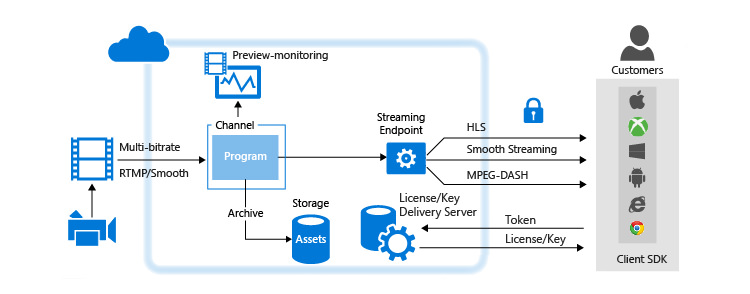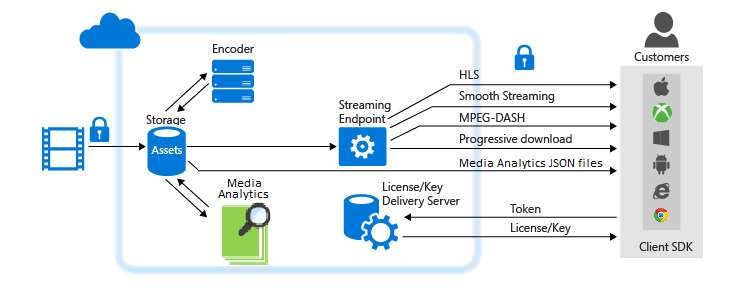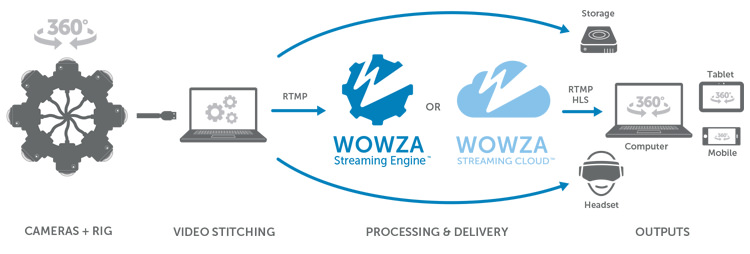
The Case for Colocation: Streaming, On-Demand & VR
When I think about the applications and workloads that have huge growth potential for data center capacity, I keep coming back to one that generally gets overlooked: video. When most IT folks think about the effect of video, the networks come to the forefront. Bandwidth, prioritization, CDNs, end points all get the attention, and rightly so.
Video traffic can annihilate a network’s capacity and force IT to make huge, unplanned upgrades to ensure that quality is preserved. And yes, there are staggering forecast numbers of video’s growth on networks. My favorite comes from Cisco’s Visual Networking Index (VNI), “Globally, IP video traffic will be 82% of all consumer Internet traffic by 2020, up from 70% in 2015”. All reasons to ensure that network capacity aligns with video saturation. However, when I consider the growth of all forms of video; streaming, on-demand and virtual reality, I see a huge requirement for compute capacity and, ultimately, data center capacity. Let’s break down each category:
Streaming video - When most of us think about streaming media, we think networks take the brunt of the abuse (and they do). Mobile, Ethernet and IP data networks need to be built with redundancy and performance in mind to deliver the next generation of 4k and ultra-high definition (UHD) formats. No arguments here. Where I see the need for highly scalable compute is where live video is ingested into encoding platforms. Most users of content think that live video magically appears on their TV or mobile devices; quite the contrary.

Live video content, through media services, needs to be encoded and packaged to support most adaptive bitrate formats (MPEG, DASH, HLS, Smooth Streaming). This magic happens on proprietary platforms either in colocation facilities or a public cloud. Either way, HPC based capacity, including scalable GPUs, are needed to make those live events go off without a hitch.
On-demand video - The use case around video-on-demand carries similar infrastructure demands as streaming, but add in a storage capacity. Video-on-demand libraries are becoming standard asset repositories not just for entertainment providers like Netflix, Comcast and Hulu, but for brick-and-mortar enterprises as well. Video solutions for marketing, social enterprise, learning/training and communications are displacing traditional written corporate assets. Many will integrate these assets with content management systems and require the ability to monitor consumer usage as well managed digital rights. To me, this use case is well tailored for a hybrid environment. Enterprises will want to control some of their assets on-premises and some will live in a third-party data center or cloud. These assets will benefit from locations that have access to diverse networks as well as CDNs.

Virtual reality - This is truly the wild card in the equation. The process of capturing content in 360 format once was very compute intensive as “stitching” of individual capture streams was done manually, requiring significant rendering and post production assets. The new generation of 360VR software stitches the image automatically, pushing 360 streams to encoding and media engines like Wowza. This takes a bit of the burden off infrastructure for live 360 virtual reality streaming.

For many content and media companies, they will develop and produce their assets, be it games or video to be delivered on demand. This will entail the need to post-produce and render content at increasingly higher frame rates. No longer will 15-30 fps (frames per second) be acceptable; as frame rates rise to the 70-90 per second, the GPUs and infrastructure capacity needed for rendering will push the limits of standard datacenter capacity. Storage of 360 immersive content will require a storage repository that can also manage digital rights. Content producers will look at data centers that can deliver high density capacity as well as access to multiple networks.
Digital media content and video providers need to focus on their core competency; delivering world class content with mind blowing experiences. Data center and colocation providers can deliver the platforms to support those experiences.










